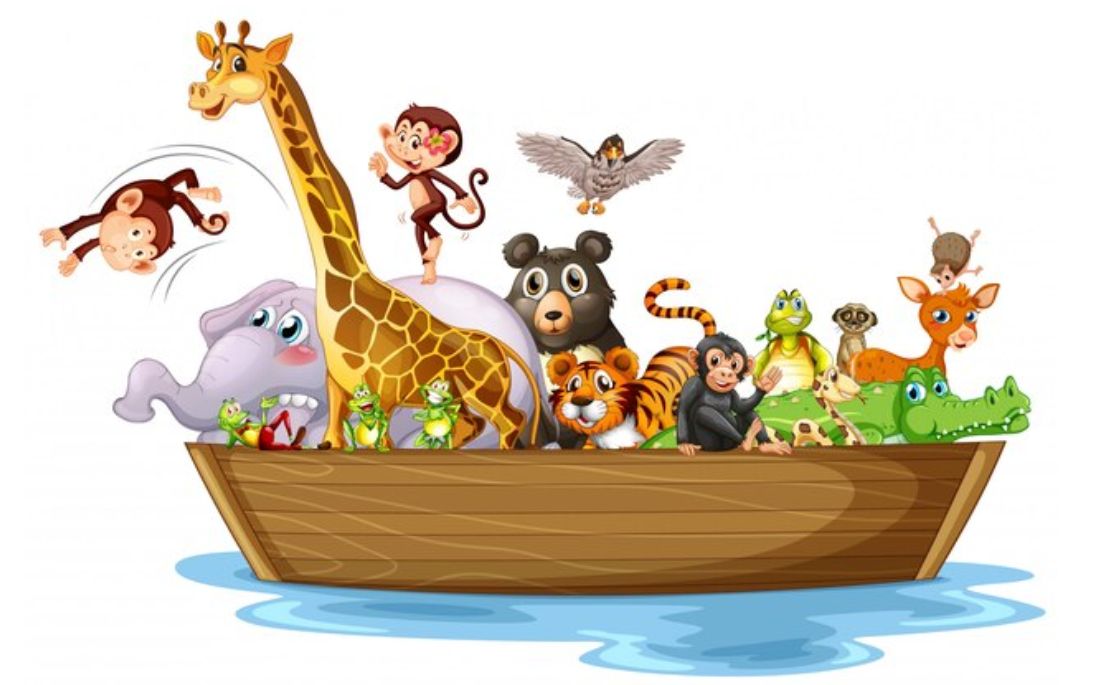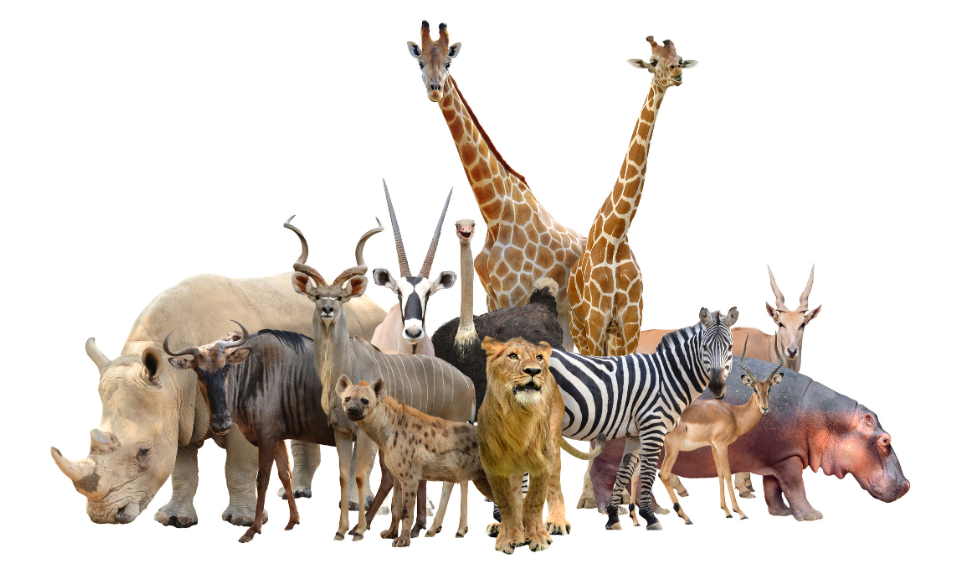How animals are different from each other?
Animals provide us with a remarkable glimpse into the diversity of nature as they come in a wide range of sizes and forms. While there are many traits that all animal species have in common, there are also significant distinctions.
Different Animals and their characteristics
The morphological characteristics of distinct animal species are the most visible means of differentiation. Animal characteristics, including size, colour, form, and features like fins, wings, and horns, may all be used to identify a species. Behaviour and physical appearance are strongly connected concepts. Though there may be overlap across closely related species, the behaviours of each animal species are generally distinct.
Different environmental requirements
Animal species vary from one another in terms of their environmental requirements. Animal species vary in their preferences for temperatures and environments, often due to survival-related factors. The fact that some species migrate in quest of the best habitat for their requirements serves as evidence of this.
Dietary factors in different species of animals
Additionally, the diets of different animal species vary. Certain animals, such as herbivores, carnivores, or detritivores, must locate food that satisfies their specific dietary needs, but omnivores may thrive on a broad range of foods.

Intelligence and cognitive abilities of animals
Lastly, the degree of intelligence shown by various animal species is another important distinction. Different degrees of intellect may be shown in animals, even within the same genus. This is often a sign of the species’ ability to survive and is mostly dependent on the environment in which it developed.
Distinctive qualities in different species of animals
We can see how diversity and adaptability are encouraged by nature in the animal world through the eyes of many animal species. Even though several species may have traits in common, they may vary greatly from one another. We may get a deeper understanding of the distinctive qualities of every species and the general magnificence of the natural world by watching and analyzing these distinctions.
An animal’s bodily structure may be used to distinguish it from others. Vertebrates possess a backbone, but invertebrates lack one. Their behaviour, such as whether they are solitary or gregarious animals, may also be used to determine this. Animals may also be categorised according to where they live, for example, aquatic or terrestrial species.
Fascinating adaptations that animals have developed to survive in various environments.
It’s important to comprehend animal distinctions for a variety of reasons. It aids in our comprehension of how various species have evolved and adapted to their environments. Our understanding of each species’ place in the ecosystem and their interactions with other species is also aided by it. We may better understand the variety of life on Earth by examining the distinctions among various creatures.
Distinct traits and interesting facts of animals
The collection of living things that make up animals is varied and lives on our planet. Every animal species, from microscopic insects to enormous elephants, has distinct traits and adaptations that help them live long and prosper in their specific habitats. We shall examine the intriguing variances among species and how these differences add to Earth’s abundant variety.
Size and Body Structure of animals
Size and body composition are two of the most evident ways that animals vary from one another. There is a vast diversity in the sizes and forms of animals, ranging from tiny tardigrades to massive blue whales. While certain species, like mammals, have internal skeletons, other animals, like insects, have exoskeletons. Because of these differences in physical composition, animals may fulfil a variety of roles and inhabit distinct ecological niches.
Reproduction in different animals
Animals reproduce in a variety of ways. Certain creatures deposit eggs and reproduce externally, including fish and reptiles. Others give birth to live offspring, such as animals. Certain creatures, like frogs, change during their life cycle, while other species, like birds, engage in intricate courting rituals. Each species’ survival and continued existence are facilitated by these variations in reproductive techniques.
Eating habits of different animals
Animals have developed a variety of eating behaviours in order to get the nutrition and energy they need to live. Carnivores, like tigers and lions, eat other animals, whereas herbivores, like cows and bunnies, mostly eat vegetation. Omnivores: bears and humans, can eat both plant and animal stuff and have a more varied diet. Certain creatures, like mosquitoes, feed on blood, while others, like hummingbirds, are nectar-dependent. These varied eating patterns contribute to preserving the fragile environmental balance.

Communication and social behaviour of animals
Animals use a range of communication techniques to interact with one another. While some creatures, like birds, use sophisticated songs to lure mates, others, like bees, employ complicated dances to signal the location of food sources. Animals differ in their social behaviours as well. While some animals, like tigers, are solitary beings, others, like ants and bees, live in well-structured colonies. In order to preserve social structures and guarantee the survival of the species, these social activities and communication are crucial.
Adaptations to the Environment by different animals
Animals have developed a vast array of adaptations to live in various settings. Camels and lizards are examples of desert animals that have evolved defences against high temperatures and water scarcity. Thick layers of insulation help Arctic animals—like polar bears and penguins—stay warm in subfreezing weather. Fish and dolphins are examples of aquatic creatures with streamlined bodies and gills that aid in underwater breathing and navigation. Because of their adaptations, animals may flourish in the environments that suit them.
Cognitive and intelligence abilities of different animals
Animals have a range of intellects and problem-solving abilities, even if they may not be as cognitively advanced as humans. Certain animals, such as elephants and dolphins, are well-known for having sophisticated social systems and tool-using abilities. Crows and parrots are two examples of birds that have shown exceptional problem-solving skills. Animals’ capacity for cognition helps them survive and adapt to their surroundings.
Unique and different features in animals
Animal differences are enormous and intriguing. Each animal species has a distinct collection of traits that allow it to flourish in its particular environment, from the size and structure of the body to eating habits, communication, reproductive methods, adaptations, and cognitive capacities. Comprehending these distinctions not only heightens our admiration for the environment but also emphasises the need to conserve and safeguard the wide variety of fauna on our globe.


